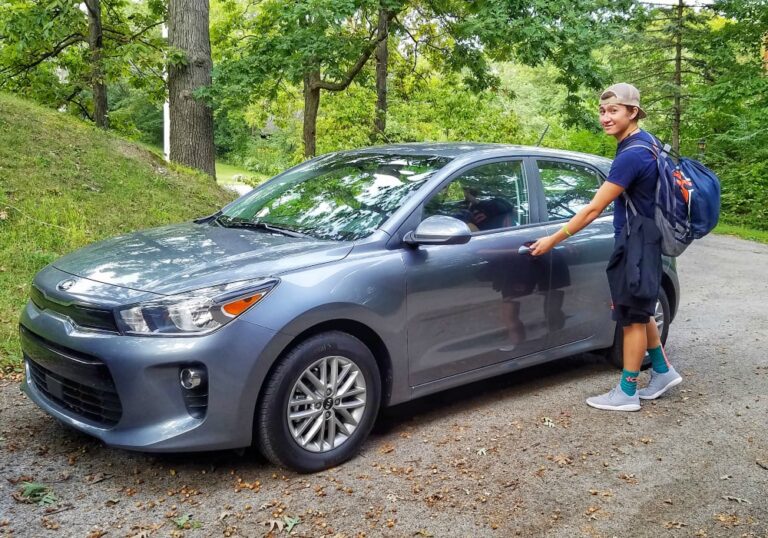What to Know Before Visiting Historic Landmarks
Understanding Record-Breaking Visitor Numbers

Historic landmarks are experiencing unprecedented popularity in 2025, creating both opportunities and challenges for modern travelers. The National Park Service reported a record 331.9 million recreation visits in calendar year 2024. This is an increase of 6.36 million recreation visits, or 2 percent, from 2023. The numbers are especially striking when you consider that national parks tend to get all the attention and headlines, the 63 sites with “national park” in their name accounted for just 28 percent of all NPS visits in 2024.
This surge in interest extends globally, with heritage tourism becoming a massive industry. The global heritage tourism market size was estimated at USD 604.38 billion in 2024 and is projected to reach USD 778.07 billion by 2030, growing at a CAGR of 4.5% from 2025 to 2030. The market has seen remarkable growth over recent years, driven by a rising global interest in cultural preservation and an increased inclination among travelers to connect with history and traditions.
Planning Your Visit During Peak Times
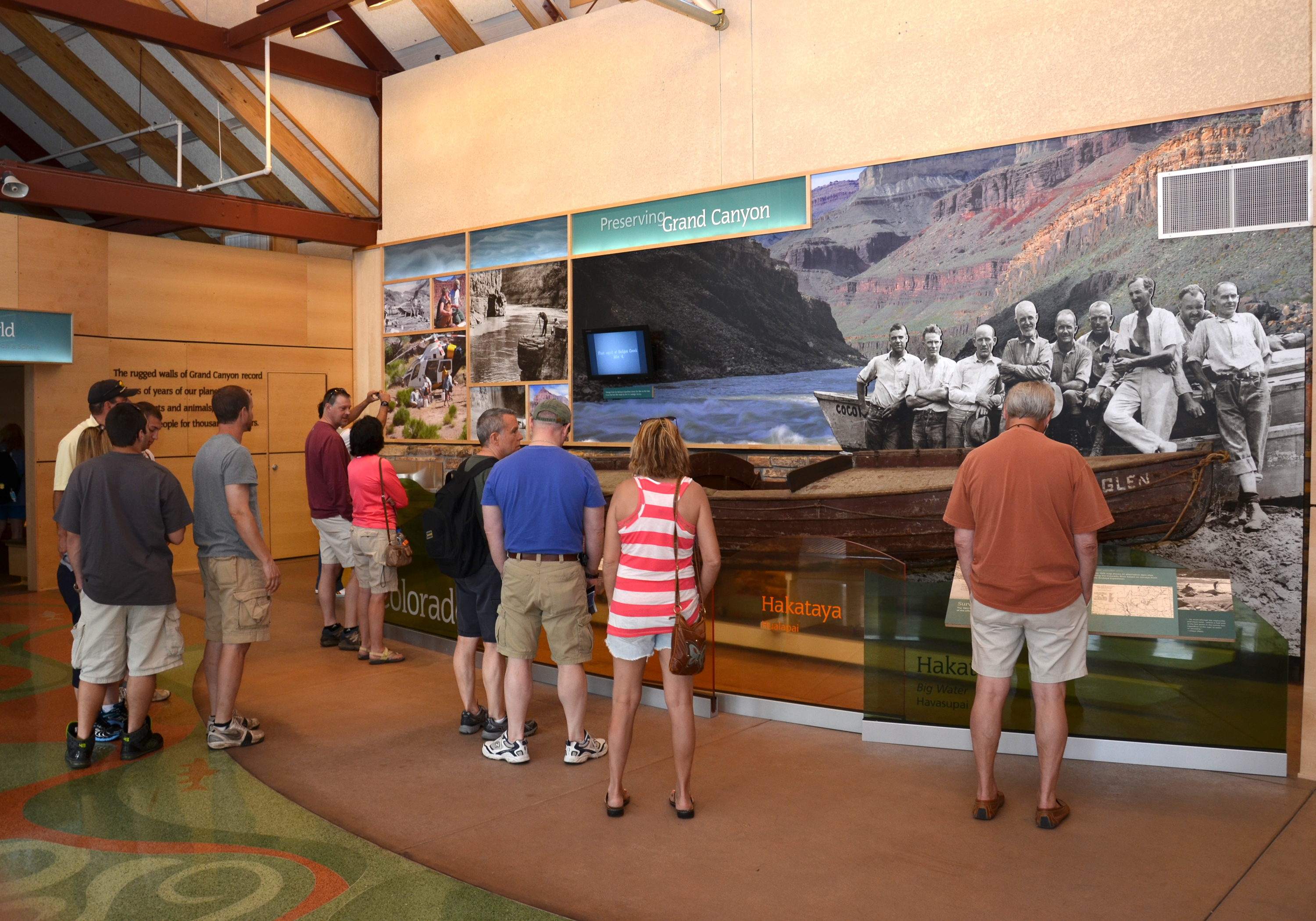
Timing your visit strategically can make the difference between a memorable experience and a crowded disappointment. Many traveled during the peak summer tourism season – June and July were the most popular months – but 55 percent of parks still recorded above-average visitation numbers during the slower periods of February through June and October through December. Travelers spread out geographically, too, with 28 parks setting new visitation records in 2024.
Consider the shoulder seasons for a more authentic experience. Selecting the right time for your trip is essential for maximizing your experience at historical landmarks. Consider seasonal factors such as weather conditions, tourist crowds, and local events. Weather can significantly impact your visit, so research local climate patterns and pack accordingly.
Booking and Reservation Essentials

Don’t make the mistake of showing up without proper preparation. The first stop at any historic site/museum should be their front desk. You can’t just walk into most places. Sometimes there is a fee you need to pay to see the place, or you need to sign up for a tour (even if it is free). Many popular landmarks now require advance reservations due to visitor management policies.
Concerns over growing numbers of tourists have led to limitations on how many people can enter the site, though only by a fraction of what is necessary. Hopefully, they will limit it even more so this site can last for hundreds more years to come. Some sites, particularly UNESCO World Heritage locations, have implemented timed entry systems to protect the structures and improve visitor experience.
Digital Tools and Accessibility Resources

Technology has revolutionized how we prepare for and experience historic landmarks. And because most people today start their tourism plans online, it’s time for travel websites to embrace and integrate digital accessibility. Keeping up with changing consumer trends can be everything from optimizing UX on laptop and desktop, while creating a responsive online experience that’s inclusive, interacting and simple to navigate on mobile.
Accessible travel information can sometimes be hard to find or inaccurate. Local tour operators often know the best accessible routes, accommodations, and activities. Connect with them to help make your trip more enjoyable and stress-free. Research accessibility features beforehand, especially if you or anyone in your group has mobility needs.
Photography Rules and Digital Etiquette

Every historic site has its own photography policies, and ignoring them can get you into serious trouble. Ask about photography. Especially in museums with older paintings, the photography policy is an important thing to know. Flash photography can damage and fade these works of art into nothing. Some locations completely prohibit photography to preserve delicate artifacts and maintain the spiritual or cultural integrity of the space.
Beyond the rules, consider the impact of constant phone use on your experience. Coming to a historical site is often about being part of a shared experience with humanity, whether it be the quaint home of a president, or a sprawling religious monument created by passionate past peoples. From sprawling UNESCO sites to a little state park, the experience is what you make it, and we think it is simply better if you let the importance and value sink in. (i.e., Get off your phone.)
Cultural Sensitivity and Local Customs

Understanding local customs can transform your visit from tourist observation to meaningful cultural exchange. Understanding cultural norms can enhance your experience while visiting historical landmarks around the world. Each country has its unique customs related to dress codes at religious sites, photography restrictions, and etiquette practices. Research Local Customs: Familiarize yourself with acceptable behavior in different cultures; this includes greetings and dining etiquette.
Dress Appropriately: Some sites require modest clothing; check guidelines before visiting religious sites. Learn Basic Phrases: Knowing a few words in the local language can enrich interactions with locals. Simple gestures like learning “hello” and “thank you” in the local language show respect and often lead to warmer interactions with staff and local visitors.
Physical Preparation and What to Bring
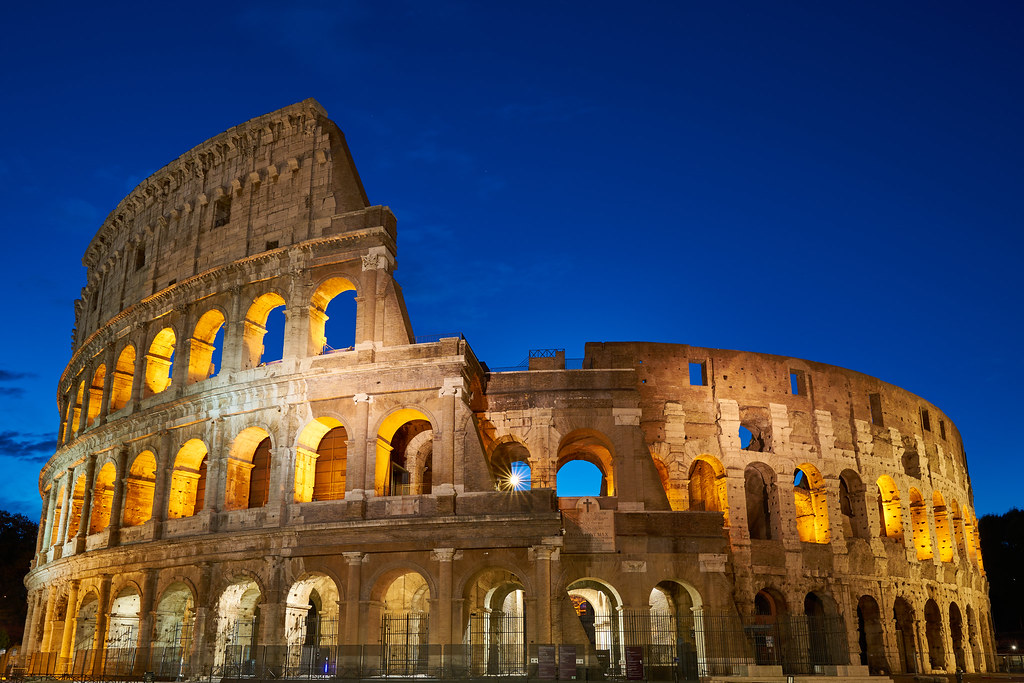
Historic landmarks often involve significant walking, uneven surfaces, and varying weather conditions. Many sites span large areas with limited modern amenities, so proper preparation is crucial. Research the physical demands of each location – some ancient sites require climbing steep stairs or walking on cobblestones that can be challenging even for able-bodied visitors.
Pack comfortable, sturdy walking shoes with good grip, especially for sites with stone steps or outdoor pathways. Bring layers of clothing since many historic buildings aren’t climate-controlled, and weather can change quickly at outdoor archaeological sites. Start planning your trip as early as possible. Research hotels that offer accessible features such as roll-in showers, and fully accessible elevators which includes braille labels and audible announcement.
Guided Tours vs Self-Exploration
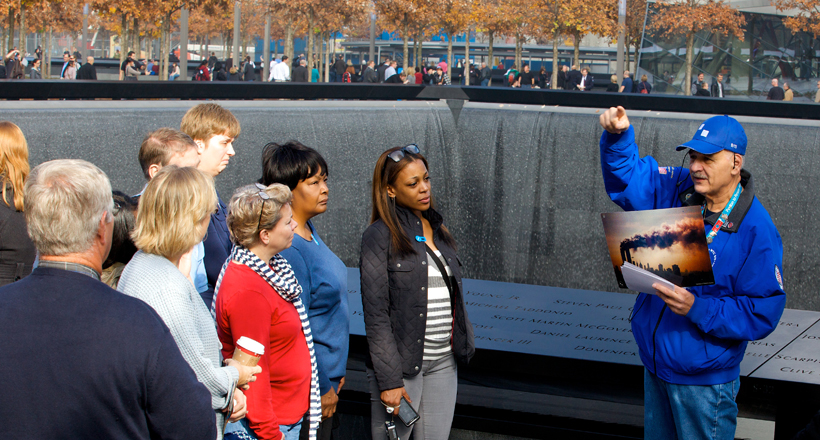
The choice between guided tours and self-guided exploration can dramatically impact your experience. Unlike malls, historical sites often have tour guides. Listen carefully. Guided tours offer insight and depth into a historical site. Professional guides provide context and stories you simply won’t get from plaques or audio guides.
However, guided tours also mean following someone else’s pace and interests. I definitely recommend a guided tour that includes skip-the-line access because the information presented by the authorities doesn’t go into much detail. Consider hybrid approaches – start with a guided overview tour, then return to areas that particularly interest you for more detailed self-exploration.
Preservation Ethics and Responsible Tourism

Your visit has a direct impact on the preservation of these irreplaceable sites. Look with your eyes, not your hands. In museums and historical homes, every surface is important. The curators and workers are already fighting a battle against time and decay, without your extra finger grease or attempts to play soccer with a mummy skull. This might sound obvious, but the temptation to touch ancient stones or lean against historic walls is stronger than you might expect.
As you plan your journey through history, remember that responsible tourism plays a crucial role in preserving these irreplaceable treasures. Every step you take on ancient grounds is both a privilege and a responsibility. By following sustainable practices, supporting local communities, and approaching each destination with respect and curiosity, you become part of the ongoing story of these remarkable places.
Safety Considerations and Health Precautions
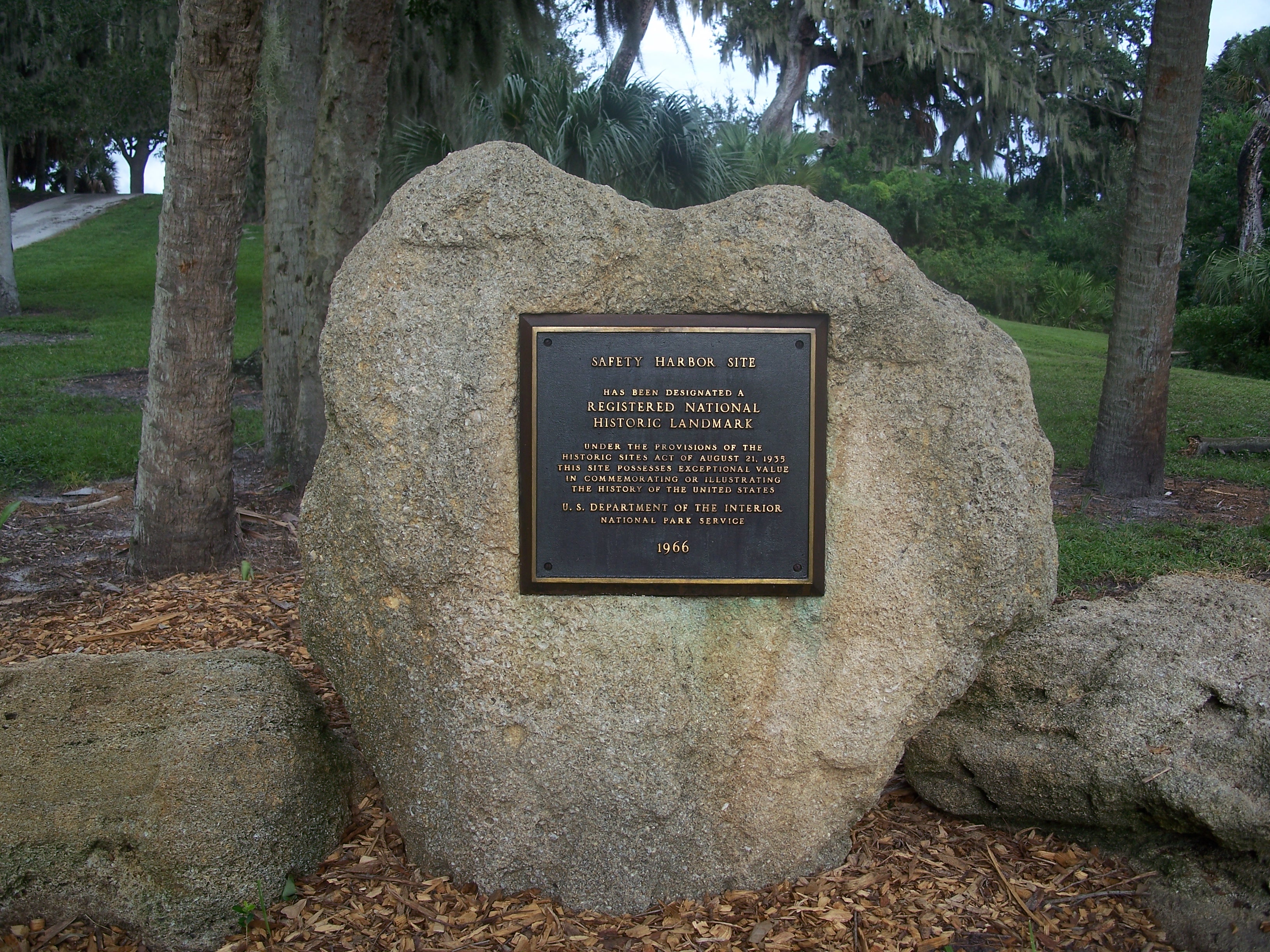
Safety should never be an afterthought when visiting historic landmarks, especially in remote locations or foreign countries. Safety should always be a priority when traveling abroad or even domestically. Before embarking on your trip: Check Travel Advisories: Review any travel advisories issued by your government regarding safety issues in specific areas. Health Precautions: Ensure vaccinations are up-to-date based on the region’s health requirements.
Many historic sites present unique safety challenges – from uneven ancient pathways to structures without modern safety barriers. Research specific hazards at each location, such as altitude sickness at high-elevation sites like Machu Picchu, or sun exposure at desert archaeological sites. Carry a basic first aid kit and know the location of the nearest medical facilities, especially when visiting remote historic locations.
Maximizing Educational Value

Preparation significantly enhances your understanding and appreciation of historic landmarks. Once you’ve identified your interests, start researching specific landmarks. Use travel books, documentaries, and reputable websites to gather information about potential destinations. Pay attention to their historical significance, architectural styles, cultural context, and visitor reviews.
Your preparation will enhance your experience immensely. Whether it’s researching the historical context, learning basic local phrases, or ensuring you have the right equipment, each detail adds depth to your journey. Remember that flexibility is key – sometimes the most memorable experiences come from unexpected discoveries and unplanned moments. Download relevant apps, read historical accounts, and familiarize yourself with key figures and events associated with each site before you arrive.
Budget Planning and Hidden Costs

Historic landmark visits involve more costs than just entrance fees. Consider transportation to remote sites, parking fees at popular locations, guided tour costs, and souvenir expenses. Due to its remote location, Easter Island is expensive to visit, though it’s still possible to find ways to cut your costs here if you’re strategic. Some sites require special permits or have seasonal pricing variations.
Research combination tickets or city passes that include multiple historic sites, as these often provide significant savings. Many locations offer discounts for students, seniors, or local residents. Don’t forget to budget for meals, as historic sites often have limited food options or premium pricing for on-site restaurants. Consider packing snacks and water, especially for day-long visits to large archaeological complexes.
Historic landmarks offer windows into humanity’s shared past, but visiting them successfully requires thoughtful preparation and respectful behavior. From understanding reservation systems to practicing cultural sensitivity, each element of preparation contributes to both your experience and the preservation of these irreplaceable sites. Planning an accessible trip may require extra steps, but the effort is well worth it. By researching, preparing in advance, and communicating your needs, you can enjoy a smoother and more enjoyable travel experience. You can confidently explore the world and create unforgettable memories along the way.





